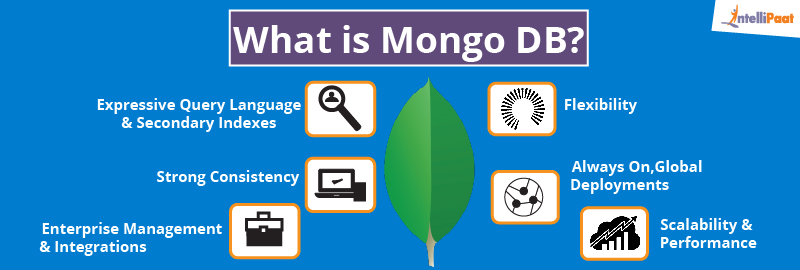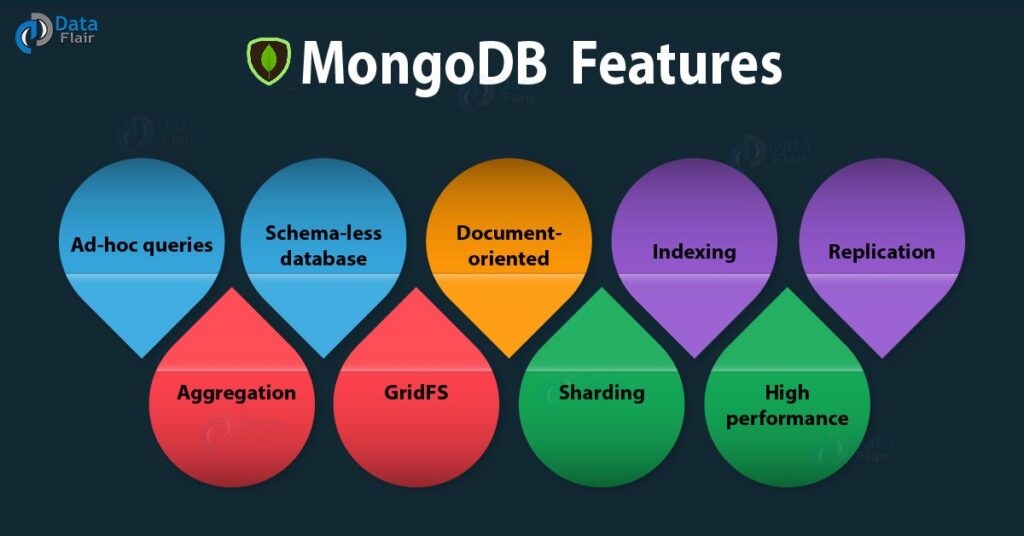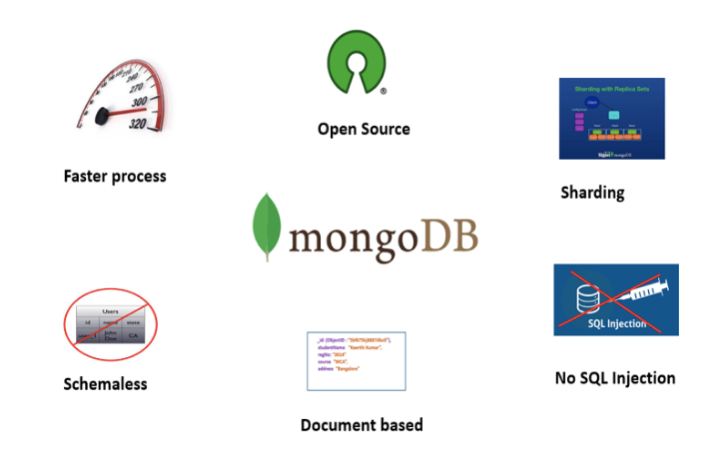MongoDB may be a powerful, highly scalable, free and open-source NoSQL based database. The corporate MongoDB Inc. maintains and manages its events. They also provide the commercial version of this database system which incorporates support also. The ASCII text file of MongoDB is out there on GitHub. Now, lets look into Why MongoDB is used?
Over the years, this database system has become a well-liked choice of a highly scalable database. And, its finding use in great MNC’s like IBM, Google and Facebook. MongoDB has also caught the eyes of the open-source community and tons of developers who work on various open-source projects.
Various Versions
MongoDB may be a document database develop by the help of the C++ programming language. The word “Mongo” essentially derives from Humongous.

MongoDB was first develop by a replacement New York organization by the name 10gen within the year of 2007. Later 10gen changed the name and referred to as MongoDB Inc as of today. MongoDB was initially develop as a PAAS (Platform-As-A-Service) model. But, within the year 2009, it had been introduce as an open source database as MongoDB 1.0.
Various Uses
MongoDB is widely use across various web applications in the form of a primary data store. One among the foremost popular web development stacks, the MEAN stack employs MongoDB because the data store (MEAN stands for MongoDB, ExpressJS, AngularJS, and NodeJS).
The way to use it and when to use it ?
MongoDB may be a document-based data store which suggests that it stores the knowledge in rather an unstructured format as compared to structured tables like in MySQL or PostgreSQL. This essentially means the info stored in it is “schema-less”. Therefore, it provides a quick and scalable data storage service which makes it a well-liked choice within the performance-critical application. Moreover, the very fact that MongoDB has been written in C++ makes it even faster as compared to tons of other databases.

It shouldn’t be utilized in applications that need table joins just because it doesn’t support joins (like in SQL). this is often attributed to the very fact that the info stored in it isn’t structured and thus , performing joins may be a highly time-consuming process which will cause slow performance.
Let us consider an easy example of a Employee model where an employee works in certain departments. Here is how an easy MongoDB-based Employee model looks like:
{
id: EMPLOYEE_ID
name: EMPLOYEE_NAME,
data_of_birth: EMPLOYEE_DATE_OF_BIRTH,
department: [
{
code: DEPT_CODE,
manager: DEPT_MANAGER,
},
{
code: DEPT_CODE,
manager: DEPT_MANAGER,
}
]
}
Advantages of MongoDB
- It may be a Schema less document type database.
- Also, it support field, range based query, regular expression or regex etc for searching the info from the stored data.
- It is extremely easy to proportion or down.
- It basically uses internal memory for storing the working temporary datasets that it’s much faster.
- Also, it supports replication of database.
- We can perform load balancing within this database system by using Sharding. The database scales horizontally by using Sharding.
- It are often use as a file storage system which is understandable as a GridFS.

- It provides the various ways to perform aggregation operations on the info. Like aggregation pipeline, map reduce or single objective aggregation commands.
- Stores any sort of file which may be any size without effecting our stack
- It basically use JavaScript objects in-situ of procedure.
- It supports special collection type like TTL (Time-To-Live) for data storage which expire at a particular time
- The dynamic database schema in this database system is name the BSON.
Here’s a quality guide on creating databases in MongoDB

MongoDB Inhibitions
We have already discussed quite a lot of benefits associated with it . But, aside from advantages this database system also has some limitations like :
- Since it isn’t as strong ACID (Atomic, Consistency, Isolation & Durability) as compare to the foremost RDBMS systems.
- It can’t handle complex transactions
- There’s not any provision for Stored Procedure or functions or trigger. So, there are not any chances to implement any business logic within the database level. Like the ones which may wipe out by any RDBMS systems.
FINAL VIEWS
We have in this article, seen why the MongoDB is used? Also, we ran through the brief history and overview of this database system. We also have seen the various versions of this DBMS. With the help of an example we have also tried to get out concepts clear. In this article, we have come to know about the various advantages and also the limitations associate with MongoDB. Hope to have cleared your doubts in the most suitable way. If you have any queries you can drop them in the comments section.
